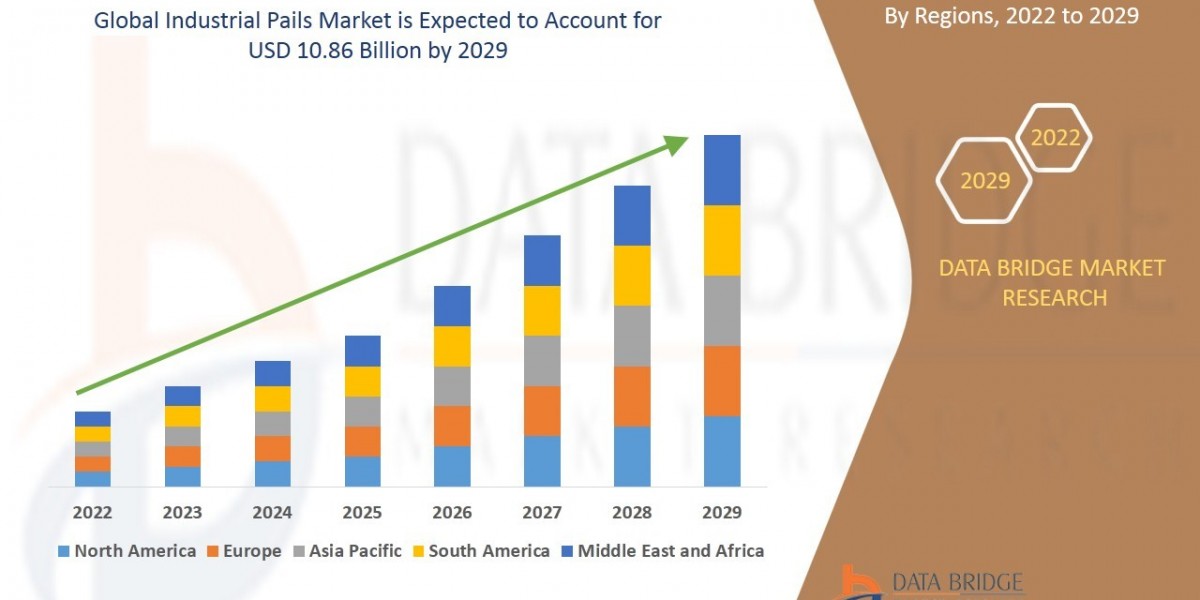The commercial printing market, a cornerstone of communication and commerce for centuries, is undergoing a dynamic transformation. Far from being a relic of the past, it's adapting, innovating, and finding new relevance in a digitally saturated world. While challenges persist from the rise of digital media, the industry continues to be a vital player in marketing, packaging, publishing, and various specialized applications.
Defining Commercial Printing
Commercial printing encompasses a vast array of services and products beyond simple office printing. It involves the large-scale production of printed materials for businesses, organizations, and individuals, using professional-grade equipment and techniques. Key segments include:
Marketing & Advertising Materials: Brochures, flyers, posters, catalogs, direct mail, business cards, banners.
Packaging & Labels: Custom boxes, flexible packaging, product labels, security labels.
Publications: Magazines, newspapers, books (both traditional and short-run/on-demand), journals.
Transactional Printing: Invoices, statements, billing documents (though increasingly digital, a significant print volume remains).
Specialty Printing: Wide-format printing (billboards, vehicle wraps), security printing (banknotes, passports), textile printing, 3D printing, and functional printing (e.g., printed electronics).
Direct Mail: Personalized and targeted mail pieces.
Driving Forces Behind Market Evolution
While digital disruption is undeniable, several factors continue to drive the commercial printing market and shape its evolution:
Tangibility and Impact: In a digital world, physical print often stands out. It offers a tangible, tactile experience that can build trust, enhance brand perception, and cut through digital noise.
Marketing Effectiveness: Direct mail campaigns, high-quality brochures, and custom packaging continue to demonstrate strong return on investment for many businesses.
Brand Identity and Packaging: Print is indispensable for product packaging, branding, and conveying crucial information and aesthetic appeal at the point of sale.
E-commerce Growth: The boom in online retail directly fuels demand for printed packaging, shipping labels, inserts, and personalized marketing materials to accompany shipments.
Personalization and Variable Data Printing (VDP): Advanced digital printing technologies allow for highly personalized print runs, enabling marketers to tailor content, images, and offers to individual recipients, significantly increasing engagement.
Sustainability Focus: The industry is increasingly adopting sustainable practices, using recycled papers, eco-friendly inks, and energy-efficient processes, appealing to environmentally conscious businesses and consumers.
Technological Advancements: Innovations in digital printing, inkjet technology, automation, and workflow integration are making print production faster, more cost-effective for shorter runs, and capable of higher quality and customization.
Regulatory Requirements: Certain industries (e.g., pharmaceuticals, food and beverage) have strict regulatory requirements for printed information on packaging and labeling.
Key Market Trends
Shift from Offset to Digital: While offset printing remains crucial for very large volumes, digital printing is gaining ground due to its flexibility, speed for short runs, variable data capabilities, and reduced setup times.
Growth in Packaging and Labels: This segment is a major growth driver, benefiting from e-commerce expansion, increasing product varieties, and the need for eye-catching, informative packaging.
Rise of On-Demand Printing: Enabled by digital technology, this allows for printing exact quantities as needed, reducing waste and storage costs, particularly popular in book publishing and marketing materials.
Integration with Digital Campaigns: Print is increasingly seen not as an alternative to digital, but as a complementary element. QR codes, Augmented Reality (AR) triggers, and personalized URLs (PURLs) on printed materials bridge the gap between physical and digital experiences.
Focus on Value-Added Services: Printers are moving beyond just putting ink on paper, offering design services, fulfillment, logistics, and data analytics to provide more comprehensive solutions to clients.
Automation and Workflow Optimization: Investment in automated workflows reduces manual intervention, improves efficiency, and minimizes errors.
Sustainability and Green Printing: Demand for eco-friendly printing solutions is pushing innovation in materials and processes.
Challenges and Outlook
The commercial printing market faces ongoing challenges from the continued digitization of content, rising paper costs, labor shortages, and intense competition. However, by embracing technological advancements, focusing on niche markets, offering personalized and value-added services, and emphasizing the unique tactile and lasting impact of print, the industry is reinventing itself. The future of commercial printing is not about replacing digital, but about complementing it, specializing, and proving its enduring value in an increasingly multisensory world.
Related Reports:
Ethernet Connector Transformer Market







